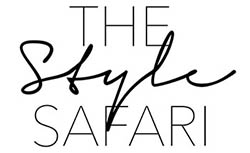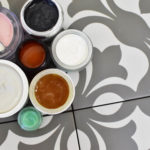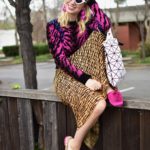This has been a post that has been a long time in the making, but daunting for me, as I feel a lot of pressure to lead people who want to start sewing in the right direction. From people who have messaged me on instagram to friends in real life, never before have I had so many friends and connections interested in learning how to sew. I absolutely love the transition that is happening in the world and the awareness that people are starting to have in making their own clothing (or home goods), but I’ve been sewing so long that I struggled to break down the basics in a way that is overwhelming. So, after taking the time to think about really how to help people learn to sew without overwhelming themselves from the get-go, I’ve put together a 5 step guide for how to start sewing, and it’s ready for you to start, now.
How to Start Sewing
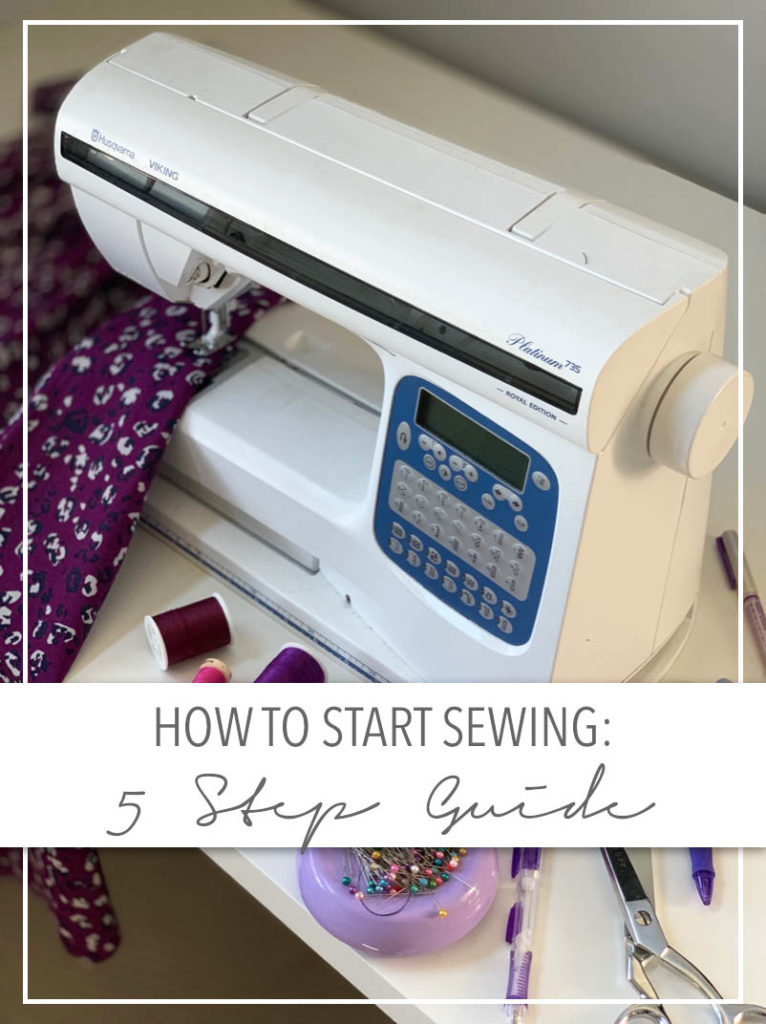
Step 1: Find a Class or a Friend/Teacher to learn the basics
If you wanted to learn how to play the guitar, or make pottery, or learn french, you would take a class. The same applies to sewing. Once you learn the components of a machine, what tension is, and are guided by a set project, it will become easier to go home and experiment yourself. There is often so much frustration in learning something from the beginning, that it’s best to eliminate the part of having to think for yourself, and instead have someone tell you exactly what to do, so that you can adapt from there. Most classes will have you start with home goods like napkins, pillows etc, which is a great way to start and decide if you like the process, without having to invest in a machine. Additionally, there are some companies like BluPrint which teach affordable online step by step sewing classes, which is fantastic provided you already know how to own/use a sewing machine. Which brings me to step 2…
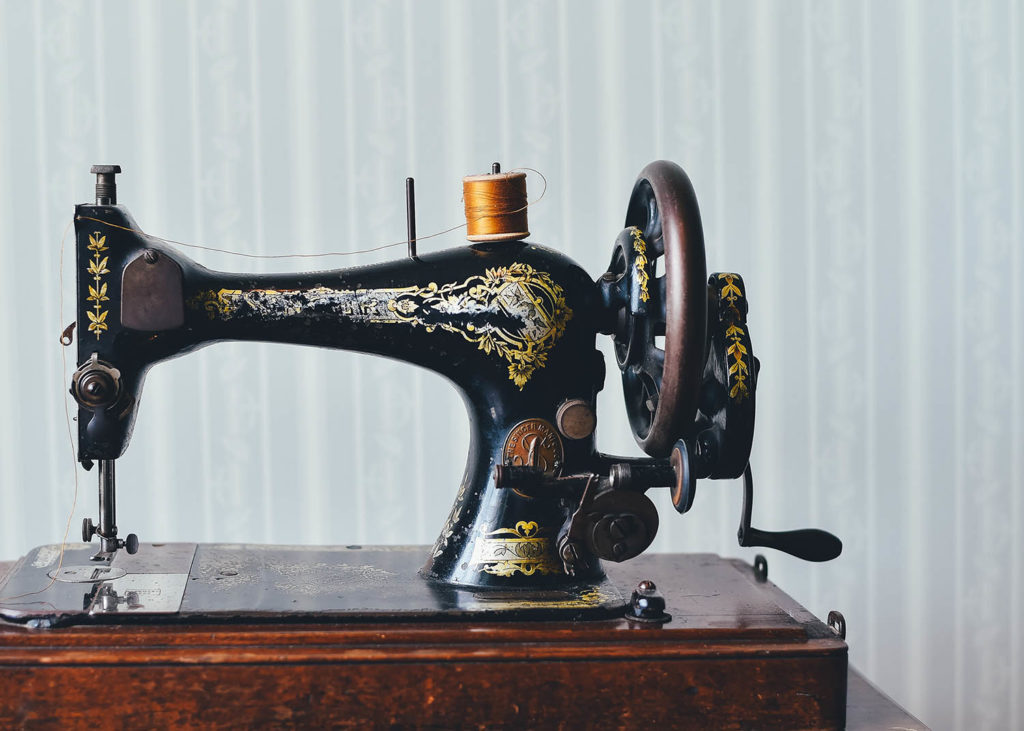
Step 2: Buy an affordable machine
No need to go out and buy the most expensive machine available- just make sure it can do a basic stretch stitch and a buttonhole stitch. Everything else is nice to have but will probably just confuse you at the beginning. A basic machine is a few hundred dollars and will last you until your knowledge or skill level demands more stitches, and they are readily available at any fabric store. Later on once you have built your skill level, you can invest in a more complex machine, but like anything, its important to start off with something easy to use and won’t make you feel bad if it sits in the closet.
Step 3: Learn everything about that machine
Most machines these days provide links to tutorials on how to change the bobbin, the tension, the stitch length etc. WATCH THEM AND PRACTICE. (some machines provide DVDs… which shows you how dated this industry is… but try to find somewhere to watch it anyway!). They will demonstrate how to sew different fabrics and how to use the ‘specialty stitches’ that they come with, which will give you ideas for projects that you can make. You HAVE to put in the work of learning and practicing with the machine, or you will fail as a sewist. You cannot drive a car if you do not know how to put on the wipers, because guess what? Eventually you will hit a rain storm and not be able to navigate. Don’t get caught in a situation with your machine where you cannot navigate! Use scrap fabric or old clothing and cut it up to practice different stitches, buttonholes, and sewing inner and outer curves- you will need all those skills eventually.
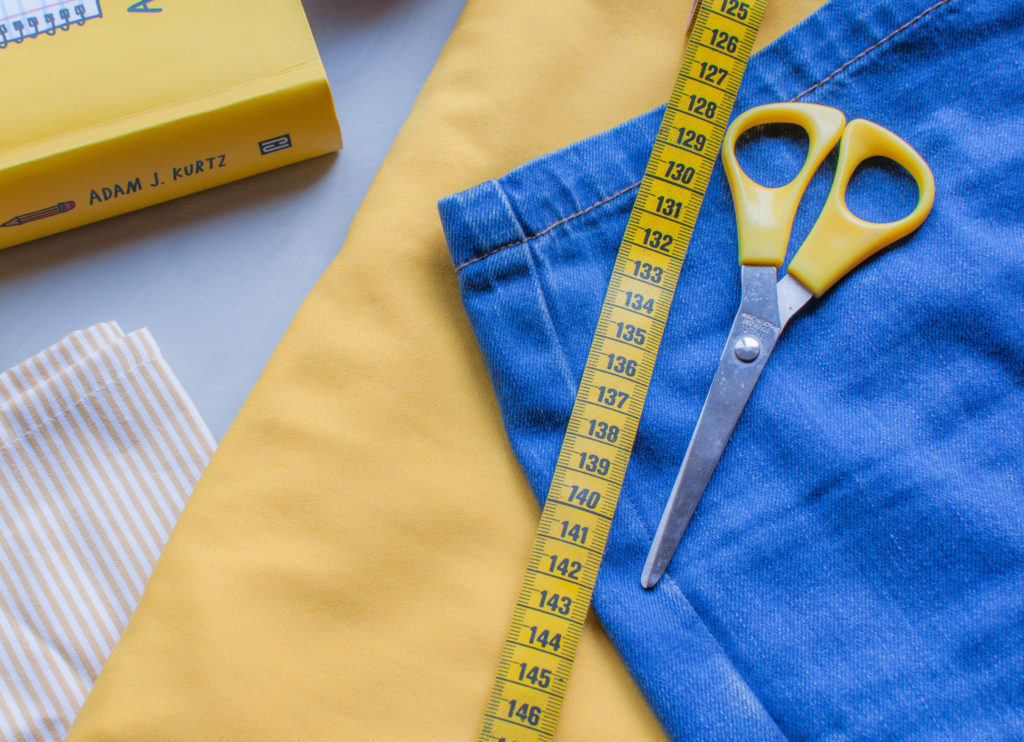
Step 4: Start with Non-Stretch Fabrics
I could do a post series on fabrics, as they are the absolutely most important factor in sewing. But, for the sake of providing a framework to start sewing, start with non-stretch, woven fabrics. What’s the difference? Oh here we go.
Woven fabrics and inter-woven (duh) which means they have warp (up and down) and a weft (side to side) yarns that make up the fabric, like what you have probably seen in a traditional loom. Stretch fabrics like knits are inter-looped, which means it’s often one or 2 yarns that go back and forth and loops into itself (like knitting!). What does that mean? Wovens fray more sure, but they tend to be easier to iron and easier to cut, because they do not stretch. They are also easier to sew with basic machines, easier to match pattern pieces up as you do not have to worry about them stretching out.
In the fabric store, a good place to start is in the denim/linen aisle for quality fabric that is easy to sew. Linens and denims are good if you want to make an easy lightweight dress or gathered skirt, and some cotton eyelets are really nice if you want to make an easy top or blouse. Although it can be overwhelming in the fabric store with so many options, stick to something classic! There is always time to get more creative.
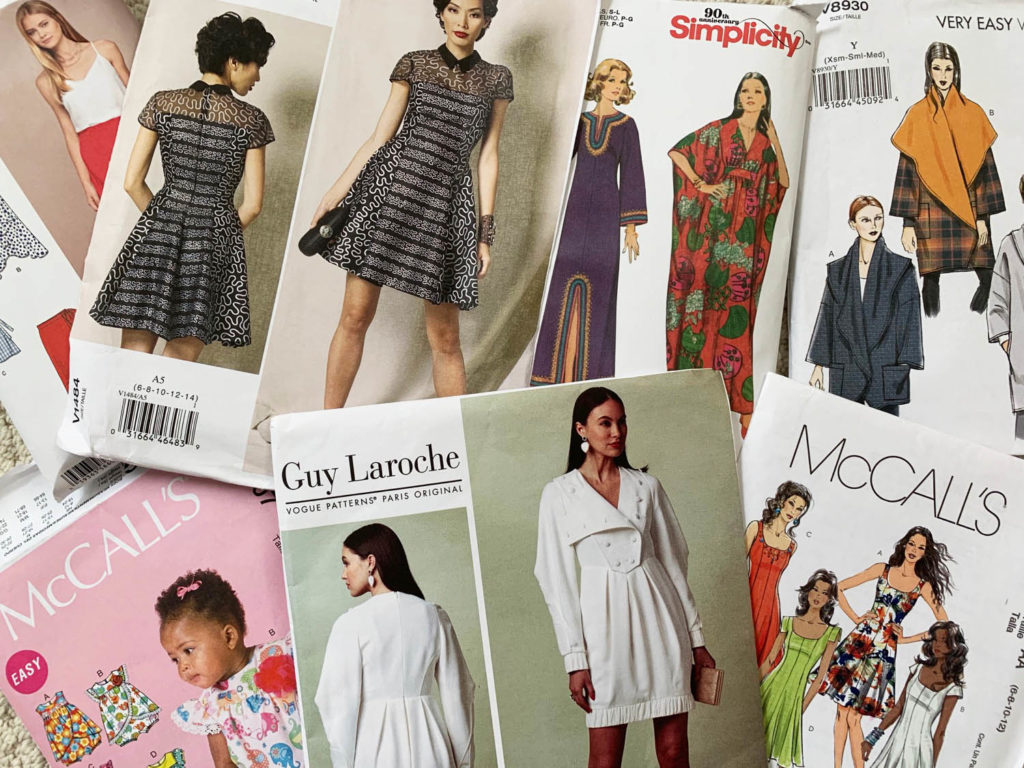
Step 5: Buy a Standard Clothing Pattern
Standard clothing patterns (Simplicity, Butterick, McCalls, Vogue, New Look, Burda) are great because they break down everything for you. They tell you how much seam allowance is already included in the pattern, how much fabric to buy, how to lay out your pattern pieces on the fabric, and most importantly, the step-by-step instructions for making the pattern. There are so many options for patterns out there, and the standard ones indicate what level sewist they are for, so you can easily zero in on what you can handle. I do have one disclaimer: I love indie patterns and love how small companies are making the effort to encourage millenials to sew with ‘cooler’ patterns, but in my experience, I don’t always think the instructions are to par with the standard companies. So after you have sewn a few standard patterns, go hog wild in indie patterns, but I just wouldn’t start there. Another caveat- when picking your size in the pattern, keep in mind these patterns are in industry standard sizing, not today’s loco vanity sizing, which means a size 4=size 0, and size 6=size 2, etc. For reference, I usually buy and cut the pattern for a size 6, although sometimes I cut the 8 if I want something more oversized.
Here are a few patterns that I would start with, and a recommended fabric choice for each. These are just ideas, but will definitely help you get started!
Tops/Sets
- Burda 6325 – Blue and Pink Striped Poplin
- Simplicity S8848 – Crowded Faces
- Simplicity S8856 (mom and daughter!) – Balboa Linen/Cotton
- McCalls M7696 (Pajamas) – Halston Heritage Poly Satin
- Vogue V9110 – Textured Cross-Stitch Grey
Dresses
- Simplicity 8636 – Digital Print Floral Linen
- McCalls M7862 – Powder Blue Cotton Chambray
- McCalls M7774 – Stripe Ikat (would cut the bodice in different angles!)
- McCalls M7778 – Cream on Black Ikat
- Vogue V9363 – Color block with linens
- Vogue V8805 – Textured Cross-stitch Indigo
Bottoms
- McCalls M7604 – Striped Cotton Dobby
- Burda 6340 – Abstract Brown Poly Print
- Vogue V8956 – Balboa Linen/Cotton
- Vogue V9209 – Striped Selvedge Denim
Jackets
